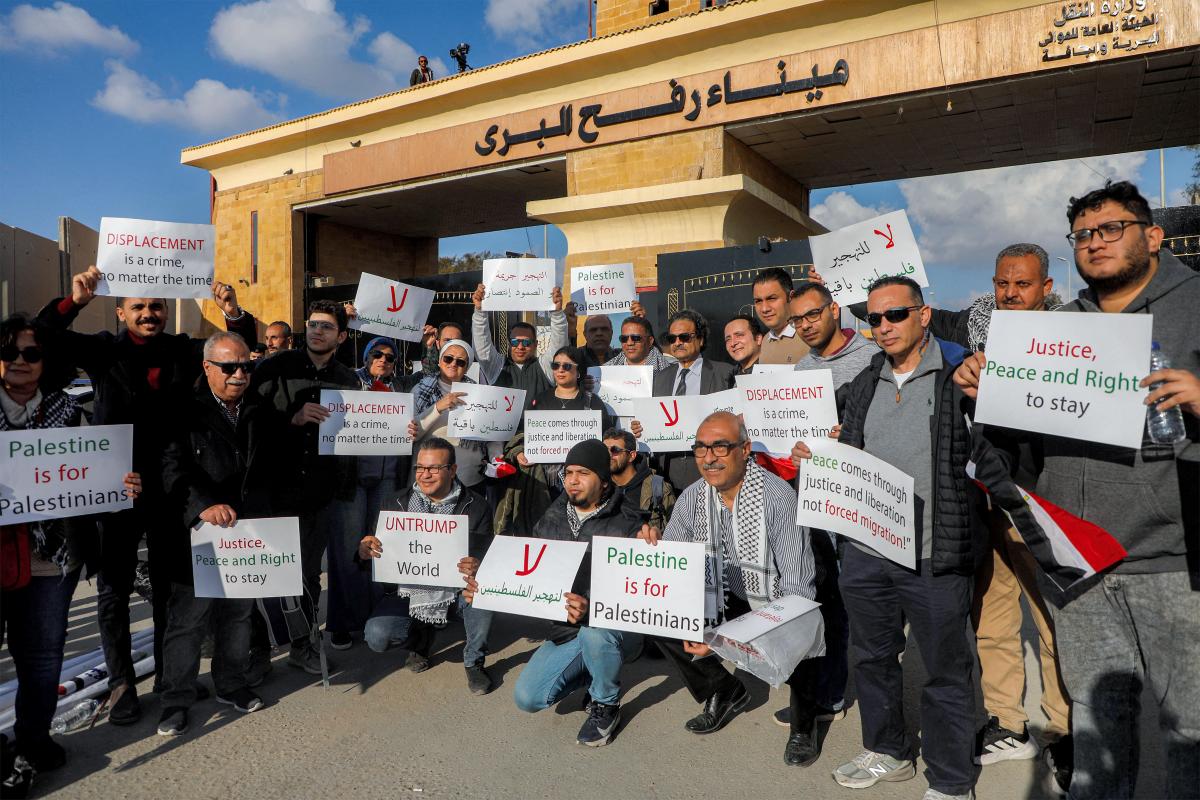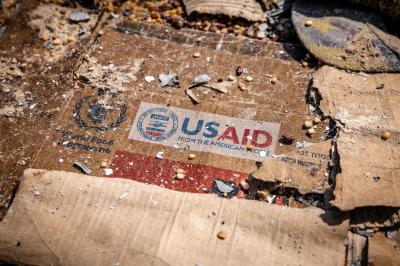The Palestinian issue stands at a critical juncture, with the refugee question at its core. Fears are mounting that recent events could pave the way for Israel’s long-standing ambition of forcibly displacing Palestinians—a scenario that threatens neighboring Arab countries and could have far-reaching regional consequences.
Since Israeli Prime Minister Benjamin Netanyahu launched his large-scale war on Gaza and its surroundings, it has been evident that part of the strategy was to push Palestinians—especially Gazans—into forced migration. However, this has not yet materialized.
This is not the first existential threat faced by Palestinians. If the 1948 Nakba caught them off guard amid Arab and international conspiracies, history is rife with similar displacement plans targeting Egypt’s Sinai, Jordan, Syria, Lebanon, Iraq, and even Yemen. Today, Arab frontline states, particularly Egypt and Jordan, are resisting such a move, backed by an Arab consensus despite internal divisions. The idea of an alternative Palestinian homeland has always been a red line, one that successive U.S. administrations have been reluctant to cross, fearing regional instability and potential threats to allied regimes.
A Different Reality
However, today’s circumstances differ from the past.
The Arab world is at its weakest; Iran’s regional influence has suffered setbacks, and many Palestinians themselves, weary of Gaza’s devastation, are seeking to leave.
A Historical Fear of the Muslim Brotherhood
Arab states have long upheld international resolutions, including UN General Assembly Resolution 194, which guarantees the optional right of return for Palestinian refugees. The 2002 Beirut Summit reaffirmed this commitment. Yet, over time, Palestinian leadership has weakened and fractured. The contrast between the second Intifada in 2000 and today’s crisis in 2025 is stark.
This Palestinian vulnerability has enabled Netanyahu to push forward his latest plan. Following the Gaza ceasefire, he shifted his focus to the West Bank, starting with Jenin, expanding operations, and escalating settlement expansion, arrests, and territorial control—aiming to render the West Bank, like Gaza, uninhabitable.
Meanwhile, Netanyahu’s upcoming visit to the U.S. to meet with Donald Trump is being closely watched. Palestinians are well aware that Trump was serious when he suggested Egypt and Jordan temporarily host refugees from Gaza—without specifying a time limit. With numerous leverage points, Trump could pressure these countries through aid cuts, tariffs, or other economic measures.
Both Egypt and Jordan, however, voiced their opposition from the outset.
A large-scale refugee influx could destabilize their fragile economies and societies. The arrival of hundreds of thousands of Palestinians—many sympathetic to political Islam, particularly the Muslim Brotherhood—poses an existential threat.
Egypt, under President Abdel Fattah el-Sisi, has waged a relentless campaign against the Brotherhood. Yet the group, with its deep-rooted influence and clandestine networks, remains a persistent force. Its history of confrontation with Egyptian leaders dates back to its clash with Gamal Abdel Nasser in 1955, its hijacking of the 2011 revolution, and its brief rise to power.
The Syrian crisis, which saw the Brotherhood’s resurgence, has only heightened Cairo’s concerns. Egyptian authorities are now bracing for potential sleeping cell activity, drawing parallels to Hamas—seen as the Brotherhood’s Palestinian branch—operating alongside other Islamist movements.
Jordan, too, views the Brotherhood as a long-term threat. While the Hashemite monarchy has historically accommodated the group within its political system, it remains wary of its growing influence—especially given Turkey’s backing of the Brotherhood in neighboring Syria.
Additionally, both Egypt and Jordan fear that displaced Palestinians could form militant factions launching cross-border attacks into Israel. This scenario could drag both countries into direct confrontations with these factions, mirroring Jordan’s bloody conflict with Palestinian fighters in 1970.
While Egypt’s concerns are territorial, security-related, and political, Jordan’s fears are deeply demographic, as 45% of its population is of Palestinian origin. Any demographic upheaval could fundamentally threaten the Hashemite kingdom’s stability.
However, neither Palestinians nor these Arab states have the means to counter this scenario, given their economic dependencies. Egypt receives $1.5 billion annually in U.S. aid, while Jordan receives a similar amount, with its economy relying on U.S. support for nearly 40% of its revenue.
The West Bank: The Next Displacement Zone?
As the world anticipates the outcome of Trump and Netanyahu’s meeting, the Israeli leader is expected to leverage the situation to accelerate his broader expansionist agenda.
Domestically weakened and reliant on far-right support, Netanyahu is keen to push forward a package of policies focused on post-Gaza realities, annexation plans, and intensified settlement activities in the West Bank. Iran’s influence will also be on the negotiation table, but military operations in the northern West Bank will continue with a clear objective: displacement.
The nature of Israeli military actions in Jenin, Tulkarm, and Tammun suggests a deliberate strategy—demolishing refugee camps to replace them with larger, Israeli-controlled residential zones, enforcing a new reality on the ground before expanding further south.
Palestinians fear that the West Bank will face a scenario similar to Gaza, but with even graver consequences. The Israeli military advantage is more pronounced here, given Hamas’s relatively weaker presence compared to Gaza and the Palestinian Authority’s paralyzed state.
As Netanyahu presses forward, Palestinian and Arab options continue to dwindle, reinforcing the looming specter of another forced displacement—one that the international community seems unable, or unwilling, to prevent.
 Politics
Politics













